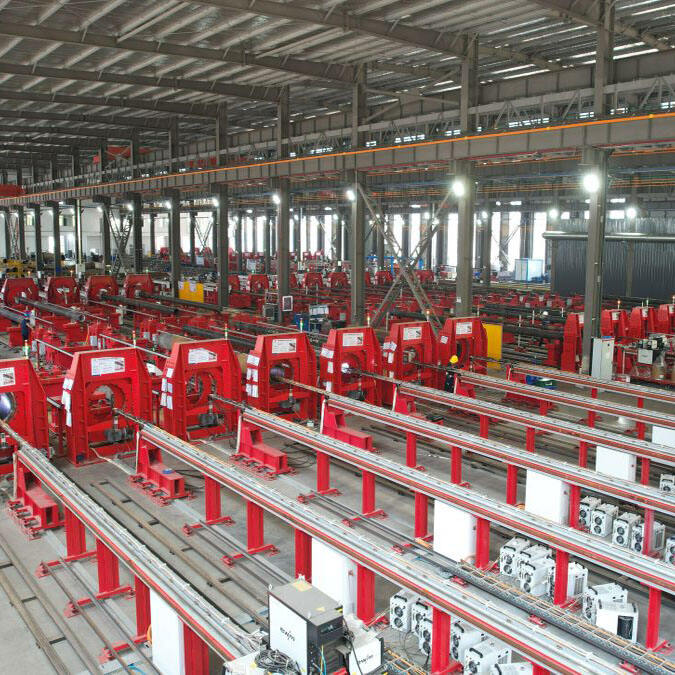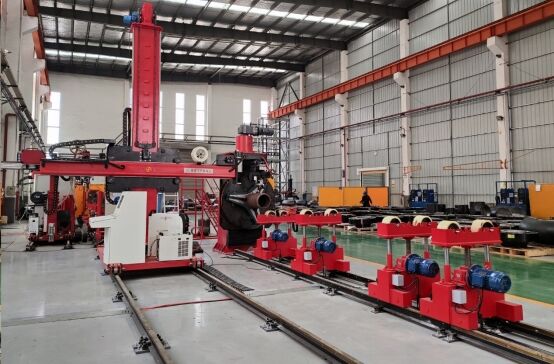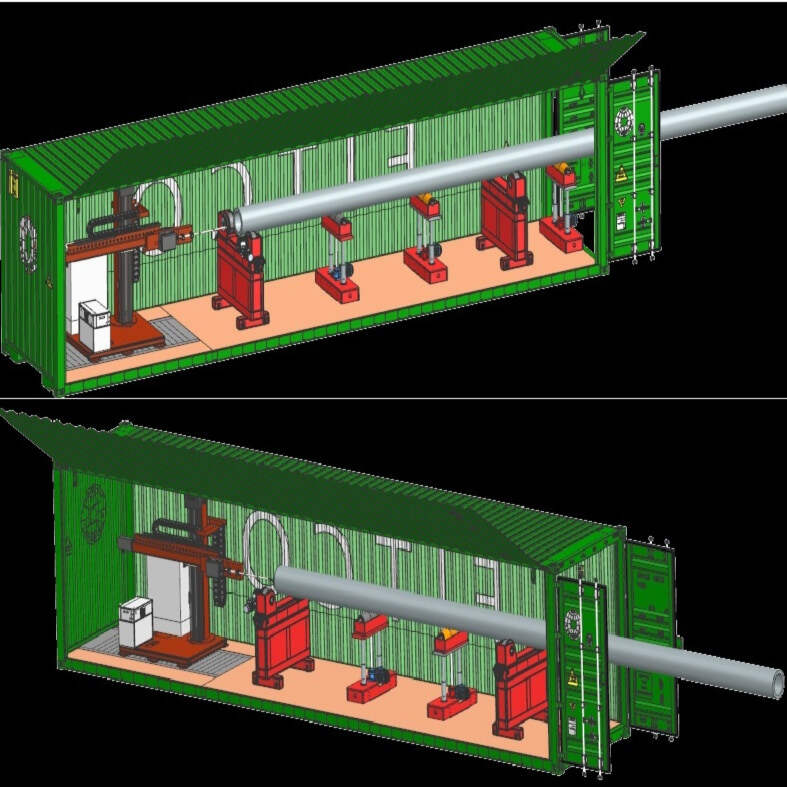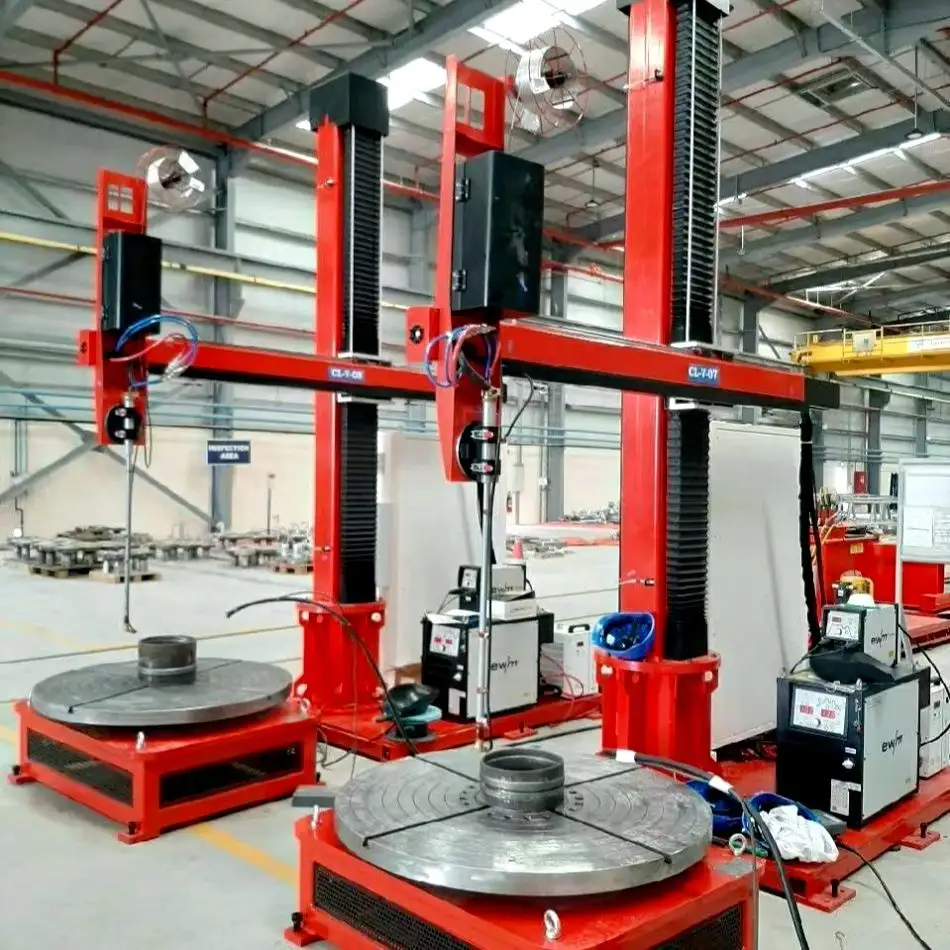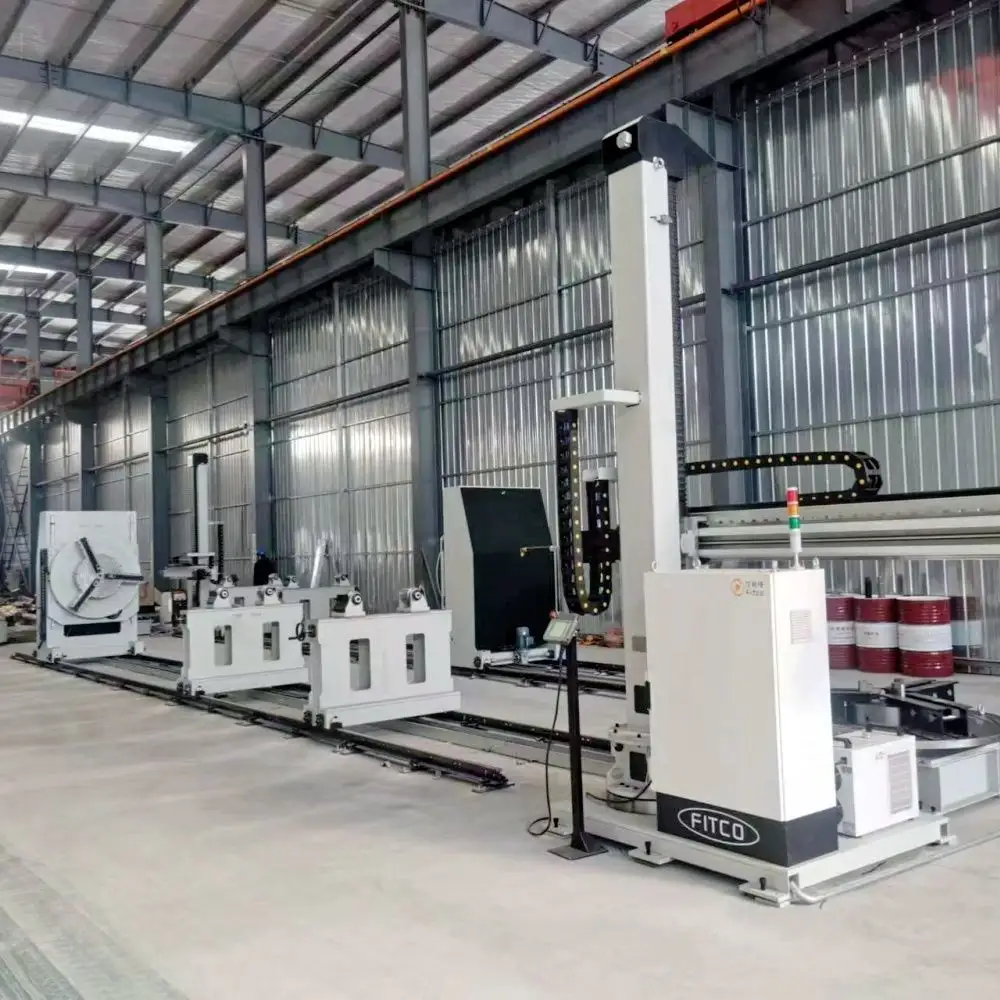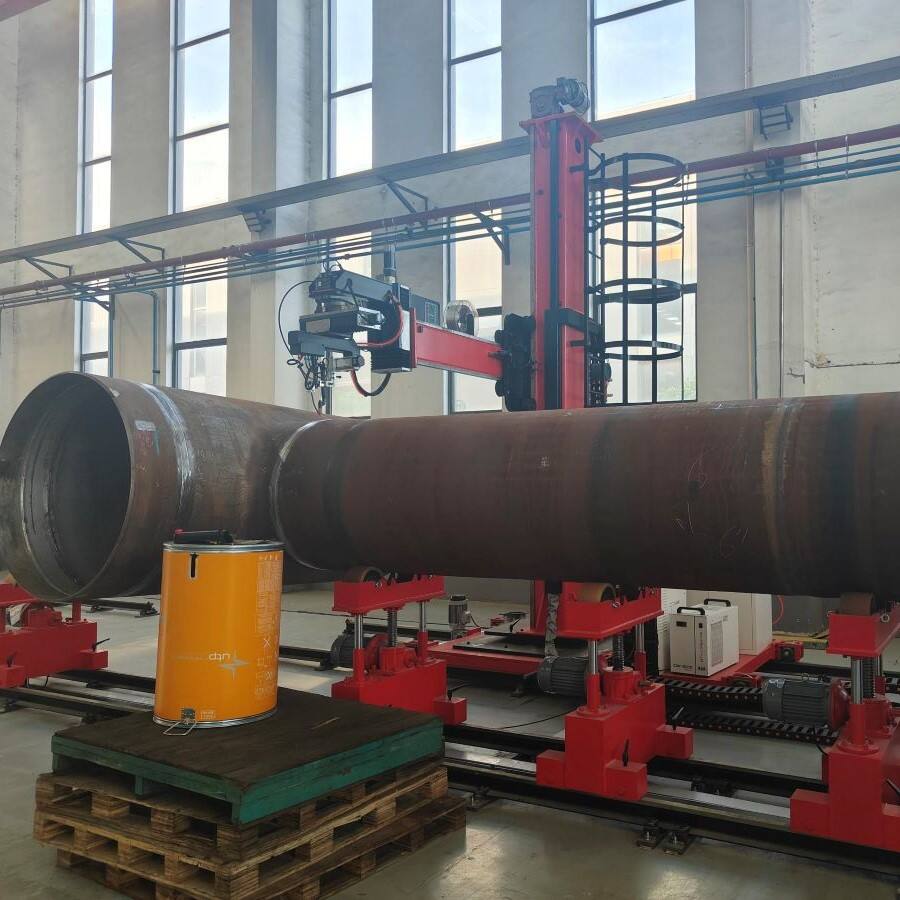pipe fusion welding machine
The pipe fusion welding machine represents a cutting-edge solution in modern pipeline construction and maintenance. This sophisticated equipment utilizes advanced thermal fusion technology to join plastic pipes seamlessly, creating leak-proof connections that can withstand high pressure and extreme environmental conditions. The machine operates by heating the pipe ends to a precise temperature, then bringing them together under controlled pressure to form a permanent molecular bond. Modern pipe fusion welding machines come equipped with digital controls that ensure precise temperature regulation, timing, and pressure application throughout the welding process. These machines can handle various pipe sizes, typically ranging from 20mm to 1600mm in diameter, and are compatible with multiple types of thermoplastic materials, including PE, PP, and HDPE pipes. The system includes essential components such as heating plates, facing tools, and hydraulic clamping mechanisms that work in concert to produce consistent, high-quality welds. Safety features such as emergency stops, temperature monitoring systems, and automated pressure controls are integrated into the design, making the operation both efficient and secure. The versatility of these machines makes them indispensable in applications ranging from water supply networks and gas distribution systems to industrial process piping and mining operations.

 EN
EN
 AR
AR BG
BG HR
HR CS
CS DA
DA NL
NL FI
FI FR
FR DE
DE EL
EL HI
HI IT
IT JA
JA KO
KO NO
NO PL
PL PT
PT RO
RO RU
RU ES
ES SV
SV TL
TL IW
IW ID
ID LT
LT UK
UK SQ
SQ HU
HU TH
TH TR
TR FA
FA AF
AF CY
CY MK
MK LA
LA MN
MN KK
KK UZ
UZ KY
KY